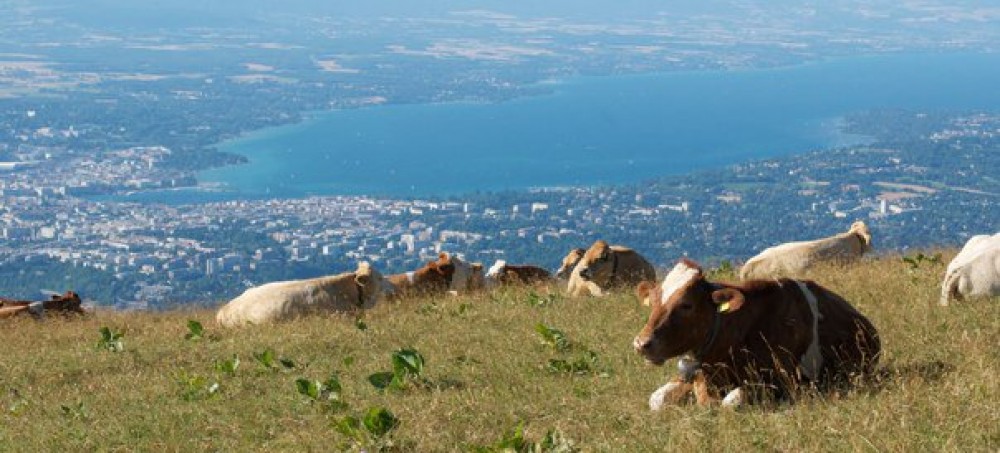The second round of electives started for us at the beginning of October. My first stop was in Ottawa. I worked at the Ottawa General Hospital Emergency Department for 2 weeks and got a chance to explore the day to day life of people in Ottawa. I was thoroughly impressed by the city’s beauty, bike friendly paths and wonderful diversity. So it was sad to see the tragic events that transpired on October 22nd at the war memorial. Only the week prior, at the same time of day I was walking by the memorial, admiring it’s beauty and reflecting on the sacrifice that was made by our service men abroad. Like many when I heard the news I was in shock, disbelief and anger. That same night, while walking to the coffee shop in Hamilton, I came across a gathering memorial for Cpl. Nathan Cirillo outside of an Army Garrison. As I stood there watching flowers being stacked one upon another, I began to fear what this event meant for our country, our society and our values. Since then, I have been pleasantly reminded of what makes up the core of Canadian identity and what I love about our country so much.
A couple of years ago, my grandfather passed away after a short battle with ALS. It was a shock to our family who believe that we would have more time together. As we mourned, I was amazed at how the empty sadness was filled with the love of friends and family, and in the process I learned more about my family than I knew ever before.
A week after the tragic events on the steps of Parliament Hill, I am again amazed at how beauty can blossom from loss. Our nation has reacted as only we could, as Canadians. We have resisted the temptation of isolationist thinking or conservative dogma that has pushed so many other countries in this situations to withdraw from the global community or worse lash out in search of revenge. Our media has reported the events with respect, helping the country mourn as one rather than stoking a fire of fear for capital gain. Even our politicians, the same one’s who normally like school children within the Parliament Walls, have acted honourably by taking a moment of silence to reflect rather than trying to reap polling points. Most of all, the Canadian public has held true to the values that Cpl. Nathan Cirillo dedicated his life to serve and protect. We have stood side by side with our neighbours, not allowing this to divide us by the diversity that is at the core of our identity. It doesn’t take a complex search on google to come across stories that remind us of this:
-http://goo.gl/47NZJ1
-http://goo.gl/wgRoJw
-http://goo.gl/m3MMXx
…..
What has been most inspiring is that we have looked within, rather than externally, to explain this. After all, the shooter was a Canadian like any one of us. For whatever reason, he decided that this was a reasonable form of action, and so in some way our society has failed him and us in general. I don’t think our society is broken or corrupt, in fact I believe it is very strong because it is able to reflect like this. But it is true that there is increasing inequalities developing within Canada, with more rigid class boundaries and reduced socioeconomic mobility. I hope we will continue to honour Cpl. Nathan Cirillo with our actions, I hope we look within focus our attention in giving every Canadian exposure to the love and support that was expressed this past week. I hope we stand guard for our values, and not let fear shake us from them.


























